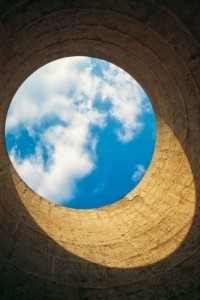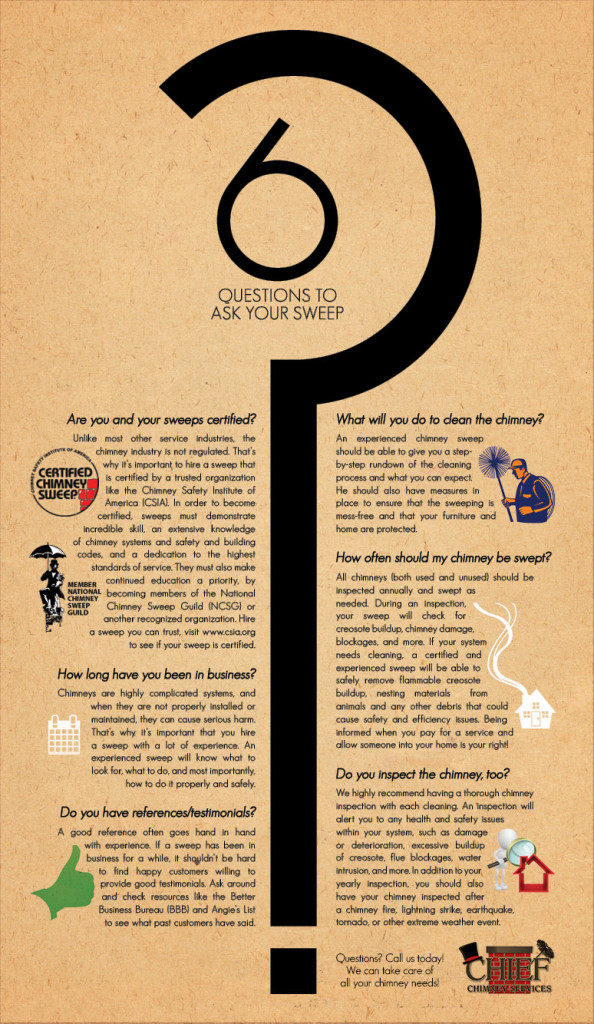All You Need to Know about Glazed Creosote Removal
If you have a wood or oil-burning furnace or fireplace, you may have heard about glazed creosote. Information online, in the hardware store, and from well-meaning friends or loved ones may be confusing.
Chief Chimney Services has all the information you need to keep your home or business safe from glazed creosote.
What is it?
Creosote is a highly flammable, tar-like substance created when fuel is burned at high temperatures. This powdery residue can remain on the walls of a smoke box or chimney and compound over time in several layers. A professional will sometimes call this buildup glazed creosote, or level three creosote. At this level of buildup the creosote bubbles and boils when high-temperature fires burn in the furnace, then cools into a solid, very flammable, mass.
This hardened buildup can become a hazard as it begins to obstruct the chimney, causing the heat, smoke, and gases to slow, and begin to heat the flammable substance.
CSIA-Certified Chimney Technicians
At Chief Chimney Services, we are qualified, licensed, and insured to clean and repair damage caused by glazed creosote. Our licensed chimney sweeps are the difference in chimney maintenance. Using the proper tools we can transform the glazed creosote into a more pliable substance to be easily removed.
What We Do
The Chimney Safety Institute of America (CSIA) recommends regular chimney cleaning and inspections, and urges consumers to not depend only on chemical cleaning products like those found in hardware stores. A licensed and experienced chimney sweep provides fast service, inspections, and offers expert advice.
The way our chimney sweeps remove the creosote will depend on the consistency of the buildup. If it is gummy or moist we may use a chemical designed to transform the creosote to a powdery substance. This allows our sweeps to brush it out. These chemicals are safe for your home or business, and our chimney sweeps are qualified and experienced in their use. If a chemical remover isn’t needed, we use tools and brushes to detach the creosote from the chimney walls. After the creosote is properly removed, the chimney returns to safe function.
What You Can Do
As a home or business owner you can regularly check your firebox and chimney for signs of creosote buildup. Burning a high-temperature fire, with plenty of oxygen to the flames, helps the fuel burn completely. Also, burning proper fuel can help prevent creosote buildup. Proper wood should be cut and set aside to dry. This process could take as little as six months, or up to two years for denser types of wood.
Creosote is caused primarily when wood isn’t completely burned. So using improperly seasoned wood raises the risk of buildup.
In addition to burning proper fuel, home and business owners should not skip an annual cleaning and inspection. A regular cleaning should remove creosote before it reaches level three buildup.
Call or set up an appointment online and let Chief Chimney Services make the difference for your home or business today.










